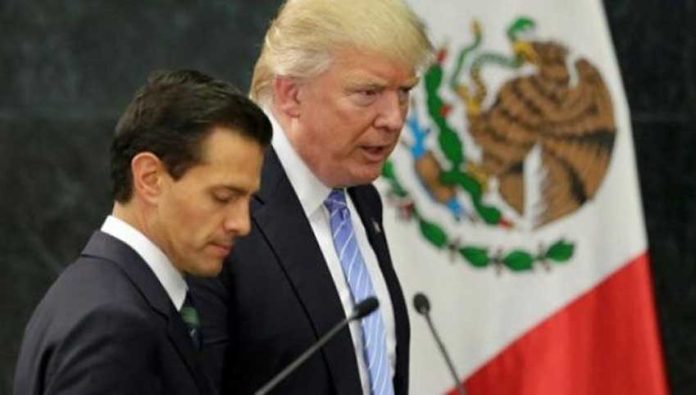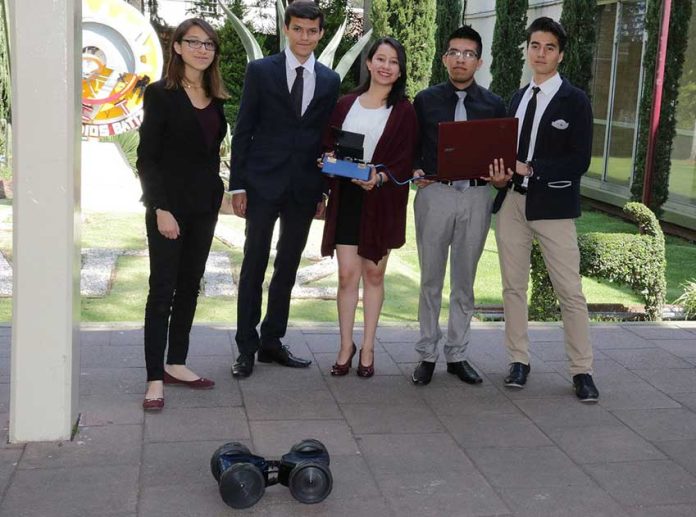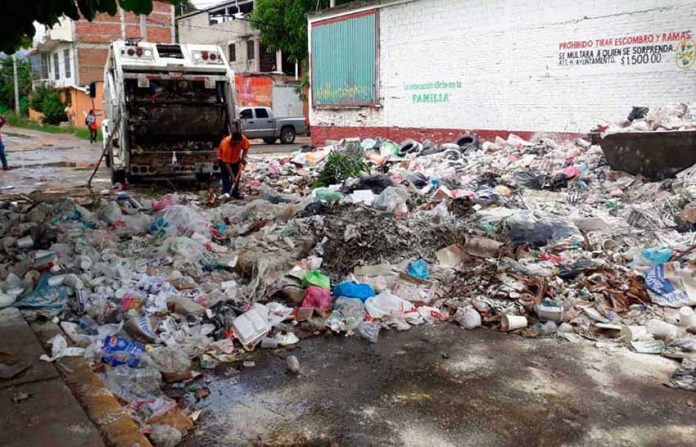President Enrique Peña Nieto today submitted his sixth and final government report to the new federal Congress but it won’t be until Monday that the details will be made public.
Peña Nieto, whose six-year term will conclude on November 30, said in a statement that on Monday, “in an act of accountability for all Mexicans, I will address the nation from the National Palace.”
The statement, based on remarks the president made at a business event this week, also outlined a range of achievements of his Institutional Revolutionary Party (PRI) administration.
They include “14 structural reforms” that “pursued three main objectives: to strengthen and expand the rights of Mexicans, strengthen the democratic regime and freedoms and increase the productivity and competitiveness of the economy.
Peña Nieto said that “the implementation of these reforms is already under way, and some of their benefits are already being felt in the everyday lives of Mexicans, although their full scope will be seen in the medium term.”
Among the most prominent were the energy reform, which opened up the oil and retail petroleum sectors to foreign and private companies after a 75-year state monopoly, and the educational reform, which made teacher evaluations compulsory but faced vehement opposition from the powerful CNTE teachers’ union.
The president also highlighted the successful resolution of differences with the United States “within the framework of the North American Free Trade Agreement“ (NAFTA) following the announcement Monday that a bilateral deal had been reached.
“We established, by mutual agreement, new rules and procedures that provide certainty for investments,” Peña Nieto said.
Talks in Washington D.C. this week aimed but ultimately failed to bring Canada into the deal. However, negotiations will continue next week.
The statement also cited the new Mexico City International Airport project and the Mexico City-Toluca train project as significant achievements, although neither has yet been completed and both are behind schedule.
“Both of these public works, which will extend beyond this administration, will facilitate the everyday life of the inhabitants of Mexico City and make it even more attractive for national and international tourists,” Peña Nieto said.
In the lead-up to his address Monday, Peña Nieto has also posted a series of videos to his social media accounts in which he talks up the government’s achievements and also addresses some of the most contentious and controversial events that occurred during his administration.
Speaking about the disappearance of 43 teacher-training students in Iguala, Guerrero, in September 2014, the president said he stands by the “historical truth” declared by investigators that the students were killed by a crime gang which then burned their bodies.
On the visit of United States President Donald Trump to Mexico while he was a candidate in the 2016 U.S. presidential election, Peña Nieto said he “underestimated the great social resentment there was for President Trump.”
However, he also defended the meeting, stating that “it left the door open for dialogue and a closer relationship with the new government of the United States.”
In another video, Peña Nieto said he regretted the so-called “casa blanca” (white house) scandal, in which a favored government contractor built a mansion for his family.
However, the president added that the arrangement was “strictly legal” although he conceded that it “impacted negatively on the credibility of the government, the credibility of the institution of the presidency and the credibility of the administration.
Those negative impacts, along with widespread dissatisfaction with the absence of any measurable economic improvement due to the reforms, a security situation that has steadily worsened and indications that corruption is seemingly as bad as it ever was have left Peña Nieto extremely unpopular and his party standing in third place after the July 1 elections.
At 5:00pm today, Interior Secretary Alfonso Navarrete Prida handed over the report to the president of the Chamber of Deputies, who will make it available to all deputies and senators for review.
Everyone else will see the details on Monday.
Mexico News Daily









